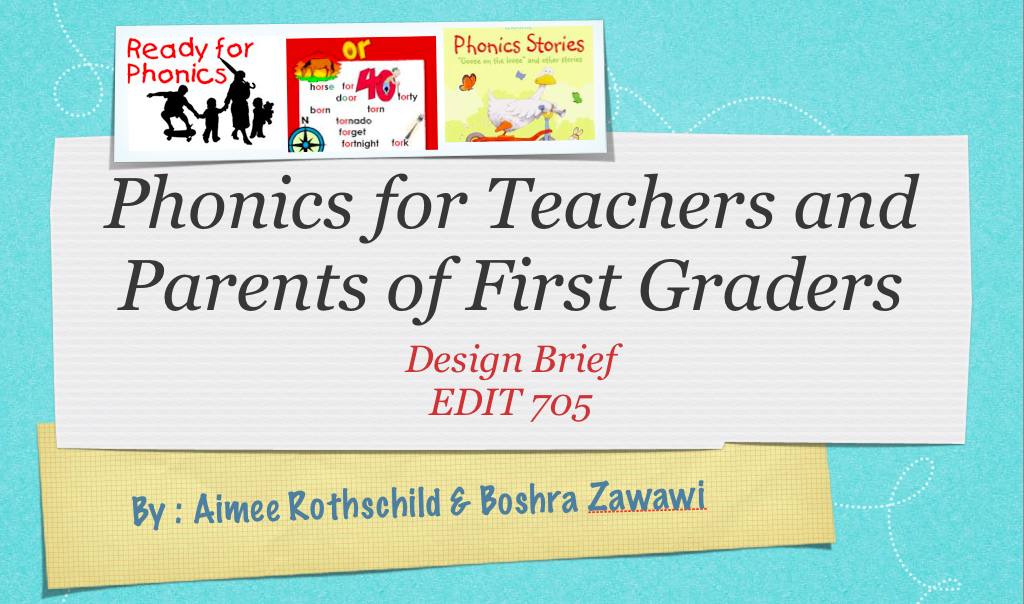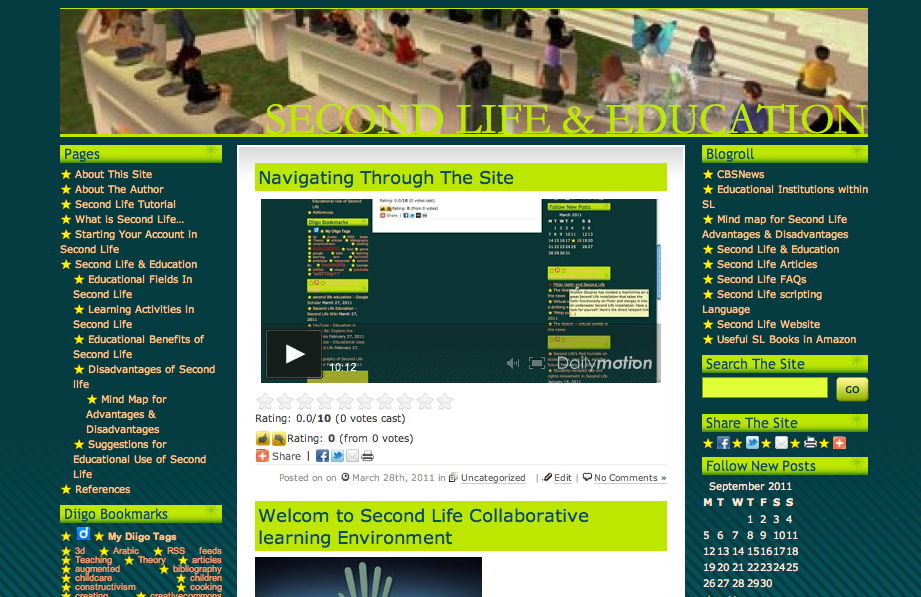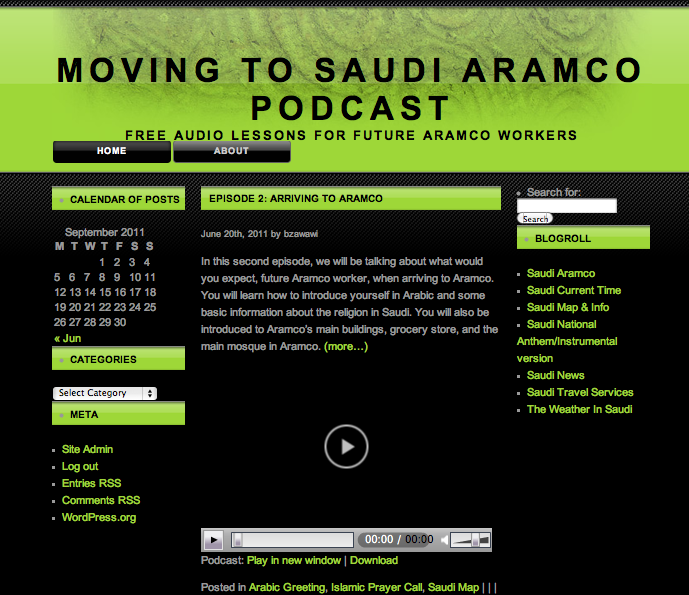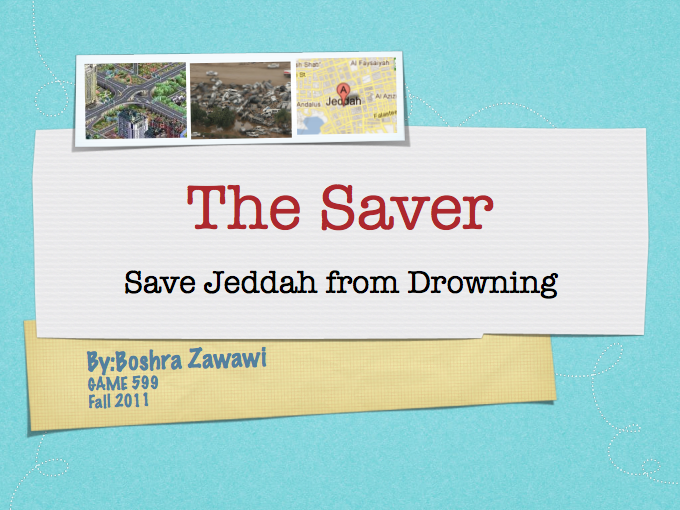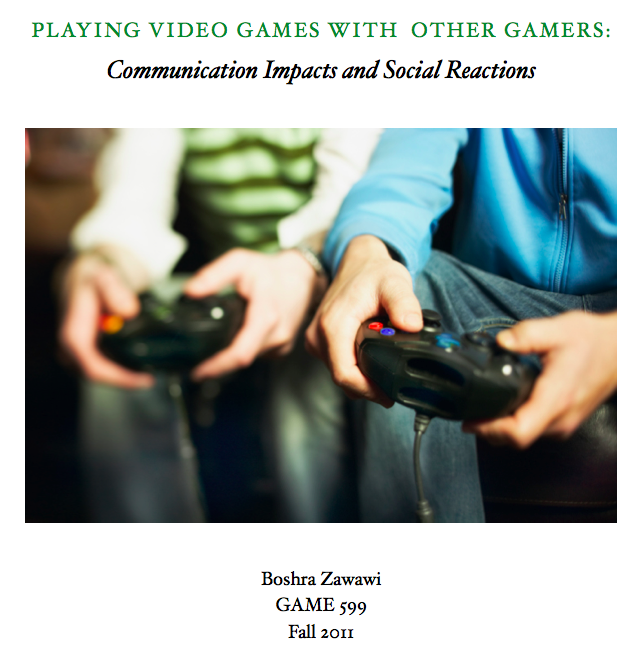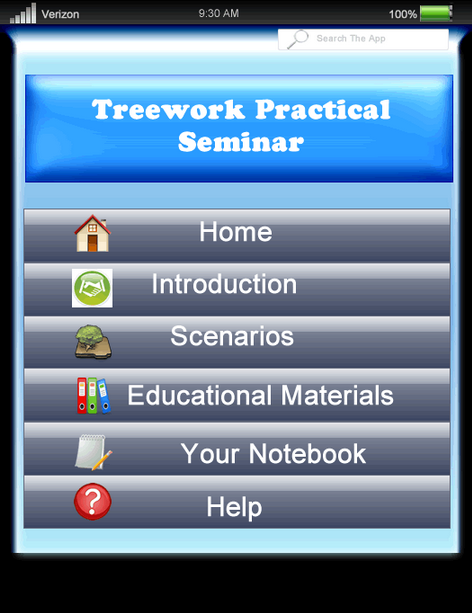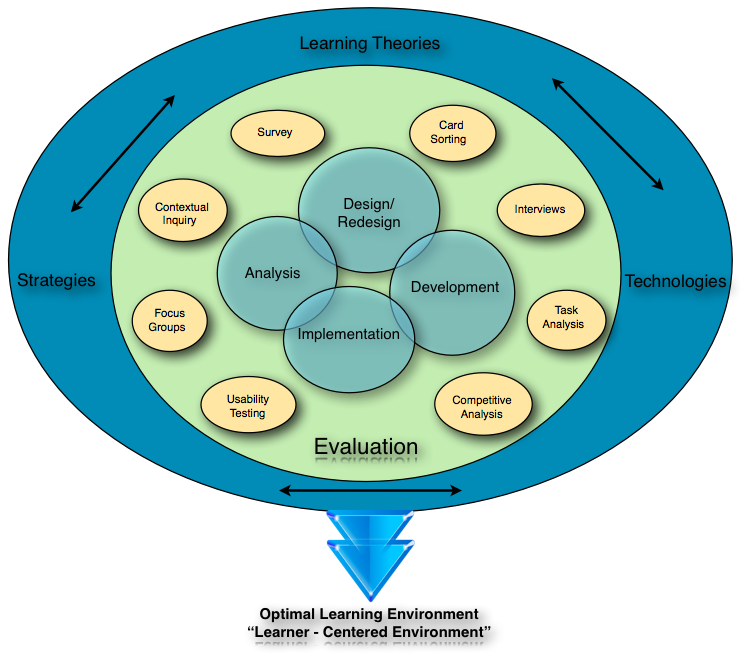
The above graph illustrates the conceptual framework of instructional design. The process contains several phases which is called the ADDIE module. Designers first analyze the learning or training problem to create a new learning/training environment or to redesign an existing one. After designing the learning environment using grounded methods and strategies, designers select an optimal medium to deliver knowledge.
Although the evaluation pase is considered the last in the ADDIE module, designers apply it throughout all phases. In fact, integrating the evaluation in early design process ensures successful learning outcomes. There are multiple evaluation methods designers can apply based on learning context. For example, card sorting, interviews, and focus groups. These evaluation methods are called User Experience Research.
To create effective learning/training environments, instructional designers apply grounded learning theory that addresses learners’ need(s). The selected learning theory can be implemented through multiple learning strategies and technologies. However, designers do not always start with a learning theory, they can be inspired by an emerging technology.
Constructivist theory approaches learning as a product of the mind; there is no one objective reality that learners acquire from instructors. Rather, learners construct their own reality based on their experience and interaction with the world in which they create useful meanings that link to their life (Ertmer & Newby, 1993; Jonassen, 1991).
However, constructivist approach of learning is not an example of solipsism, “which claims that the mind can only know its own interpretations, that reality is completely individualistic” (Jonassen, 1991, p.10). In fact, constructivism emphasizes that learners explore and precede various perspectives to build their own reality (Ertmer & Newby, 1993; Jonassen, 1991). Kant states (as cited in Jonassen, 1991) that human minds help learners comprehend new knowledge based on prior “mental models” not on “external structures”(p. 10). It is clear that constructivist theory focuses on learner’s prior knowledge to engage them in learning activities that are relevant to their world. Thus, constructivists established learning implications to guide instructional designers in developing learning modules and strategies based on constructivism.
Constructivist Implications for Instructional Design
How does knowledge occur?
Constructivists believe that humans learn through their interaction with the world as a means to create relevant meaning and to anchor new information with pre-existing ones. Learners attempt to combine new and prior knowledge to help them resolve the problem at hand. Learners’ interaction with real-world problems encourages them to develop higher order thinking skills that help them solve the problem (Ertmer & Newby, 1993).
Judging learners knowledge
Since learners create their own meaning of the world and their own reality, how can instructors assess or judge the validity of learners’ new knowledge? Duffy and Cunningham (1996 ) provide a solid argument about that. They say,
Constructivists typically substitute some notion of viability for certainty; that is, we judge the validity of someone’s knowledge, understanding, explanation, or other action, not by reference to the extent to which it matches reality but, rather, by testing the extent to which it provides a viable, workable, acceptable action relative to potential alternatives (p. 171).
Driscoll (2005) also argues that learning can be considered useful as long as it reflects on the learners’ experience of the world, which is not necessarily similar to the instructor’s and/or other learners’ experiences. Learning is not always observable in constructivism as it is in objectivism; thus, “to say that someone knows something is to make the claim that [he or] she is acting effectively in a particular context”(Duffy and Cunningham, 1996, p. 179).
Collaborative learning environment
Cooperated learning is one of constructivist theory’s implementations in a learning environment. Although many instructors apply group work in their classes and ask students to share their knowledge, the goals of collaborative learning are much more than that. Students in collaborative learning come together because they are social creatures (Medsker & Holdeworth, 2001); they have to share their ideas and perspectives to be able to learn. In this environment, students negotiate different aspects, are exposed to different points of view, and come up with new ideas, to select the optimal solution for the problem (Driscoll, 2005; Medsker & Holdeworth, 2001).
Authentic, complex tasks and realistic environments
“Sometimes, complex and realistic learning environment are taken to mean the same thing as authentic, or real-world, learning environments” (Driscoll, 2005, p. 396). Learning in an authentic environment means immersing learners into real-world problems or cases that able them to use traditional tools and dive deeply into the situation (Ertmer & Newby, 1993; Medsker & Holdeworth, 2001). For instance, it is not effective to teach learners chemistry without working in a lab, or teach them ancient history without visiting a museum.
Learning in an authentic environment can be accomplished by learning in the same real-world situations or simulated worlds (Medsker & Holdeworth, 2001). Learning in complex, ill-structured context encourages learners to explore new ideas (Medsker & Holdeworth, 2001) and discover multiple perspectives that empower them to establish unique thinking skills and come up with optimal solutions. Moreover, learners can easily transfer new knowledge to real-world situations because they have learned the new information and skills in the same context (Driscoll, 2005).
Critical thinking
Driscoll (2005) claims that teaching learners critical thinking is the primary goal of constructivism (p. 390). He said that critical thinking means “the ability to write persuasive essays, engage in informal reasoning, explain how data related to theory in scientific investigations, and formulate moderately complex problems that require mathematical reasoning” (Driscoll, 2005, p. 391).
Exploration-based learning
A constructivist learning environment encourages learners to explore related resources to build their own coherent understanding of the situation at hand. The data should be embedded in the learning content to create a rich learning environment (Medsker & Holdeworth, 2001). Thus, learners learn how to find relevant data, evaluate the resources and use the valuable ones. With the technologies of these days, the instructor’s job of mashing up useful contents become easier for the purpose of creating complex, rich environment.
Setting Learner’s own objectives
Constructivist “learning [is] organized around the individual rather than around subject- matter topics” (Duffy and Cunningham, 1996, p. 173), it is a learner-centered environment. Learners in a constructivist environment are encouraged to take ownership of their learning (Driscoll, 2005) by determining their own needs and how they can satisfy these needs. Consequently, each learner will have his or her learning outcomes based on their needs (Jonassen, 1991). Therefore, instructors cannot set shared goals or objectives for the whole class. Rather, instructors should allow learners to set and “identify” (Driscoll, 2005) their own objectives or goals of their learning or negotiate them with the instructor (Jonassen, 1991; Medsker & Holdeworth, 2001).
Multiple perspectives
Because a constructivist-learning environment is built with ill-structured context, learners are exposed to multiple models and interpretations of the situation, which encourages them to use critical and flexible thinking. In fact, Driscoll (2005) has an interesting explanation of what multiple perspective means. He said, “Using multiple modes of representation can serve as a means of juxtaposition. That is, viewing the same content through different sensory modes (such as visual, auditory, or tactile) again enables different aspects of it to be seen”(p. 399).
However, if each student views the same concept differently depending on his or her experience, how would they communicate? Duffy and Cunningham (1996) answer that by saying that learners do not need to have one shared meaning. Rather, they are expected to be open to understand and negotiate others perspectives. Furthermore, they argue that learners can have their own perspectives and do not have to acquire the experts’, which challenges learners’ thinking process.
Problem-oriented learning
Instructors in constructivist learning do not start their lessons with facts and textbooks. Rather, they engage learners in real-world problems to help them facilitate life-long learning. Learners start with understanding the problem, then, they work with the instructor to learn relevant subject domains that help them solve the problem. Therefore, learners are self-motivated to learn new knowledge in active manners (Driscoll, 2005).
Scaffolding
Instructors play an important role in constructivist learning. They motivate learners to take ownership of their learning by defining real-world problems and setting their own objectives. Furthermore, instructors help learners to become self-regulated learners. Instructors no longer “communicate knowledge” (Duffy and Cunningham, 1996, p. 171) and present lectures; rather, they facilitate learning to establish real world learning environment for their students (Jonassen, 1991). Coaching learners, guiding them in their learning process, encouraging them to cooperate with other peers, exposing them to different resources and perspectives are characteristics of constructivist instructors (Ertmer & Newby, 1993).
Authentic assessment
Jonassen (1991) argues that assessment should become “less of a reinforcement or control tool and more of a self-analysis tool”(p. 12). As learners become self-regulated learners in a constructivist environment, they need to learn the aspect of self-reflection, which is an assessment tool instructors use to help learners evaluate their learning process depending on their objectives.
Constructivism
I have used constructivism in many of my course projects and presentations. In fact, in EDIT 730, I worked with a group to develop a PowerPoint presentation that compares between constructivism and objectivism along with presenting examples for each to them. After conducting this presentation, I completely absorbed constructivism.
Team Work
Working with groups encouraged me to show my best work and to respect time and commitment. In EDIT 703, each team member focused on her part of the presentation. Finally, we came together to adjust the pieces and develop our best presentation. In this experience, we did not have a leadership position. Rather, each member worked on her part and delivered it on time. On other projects, however, leadership was practical. For example, in EDIT 705, I worked with a partner to design and develop a learning environment for teachers and parents of first graders to teach them about phonics. I did not know exactly how to start, since this was my first class in the program. I felt lost and confused. My partner, however, was much confident about the process; so she led the project.
In EDIT 732 this semester, I am working with a group of four colleagues to design and develop a learning project using augmented reality as a mobil application. Each member will lead a phase in the project to ensure professional work, equal responsibility, communication method, and on- time deliverables. Group work has provided me with a great chance of knowing people, how they think, how they overcome problems, and how they apply personal knowledge and experiences in their work. It is strange, however, how people differently benefit and apply the same subject materials. I believe this depends on how they anchor new information to previous once and how they retrieve it.
Multimedia Realization
EDIT 704, EDIT 705, EDIT 611, and EDIT 730 are theory classes with some technology integrated to them. On the other hand, EDIT 526, EDIT 772, EDIT 575 are focusing on the technology aspect with some theory to apply these technologies. Taking all these classes has enriched my perspective about multimedia design, and how important it is to include them in a learning environment, for both K-12 and adult learning.
For instance, almost everyone can create a PowerPoint presentation, but not every presentation is a grounded one. Presentation slides would focus on including lots of text and less meaningful graphics and video/audio components. Therefore, learners will be distracted from listening to the presenter because of their attempt to read/write all the text. Hence, in EDIT 611, I learned that presentation slides should contain less text and more multimedia components. Therefore, learners will likely to be less stressed and more focused with a presenter.
Moreover, providing learners with an outline of presentation’s main components at the beginning will help learners prepare for what is coming. In fact, in EDIT 704, I learned that representing the main elements after a couple of slides will help learners remember them along with new information about each element. The most important part is to keep learners engaged and not lose their attention.
Using audio is surly beneficial in a leaning environment. Rather than navigating through slides and reading nots, learners can feel more engaged through listening to recorded audio, especially in fully online courses. Audio recording can be used by the instructor and by students. Therefore, learners will be active rather than passive. Although audio recording might seems an easy task, it needs a level of proficiency to produce a good audio quality. In EDIT 575, I have learned multiple techniques in order to record audio, adjust quality, implement some images and background sounds, and finally cast it.
TOP OF PAGE
